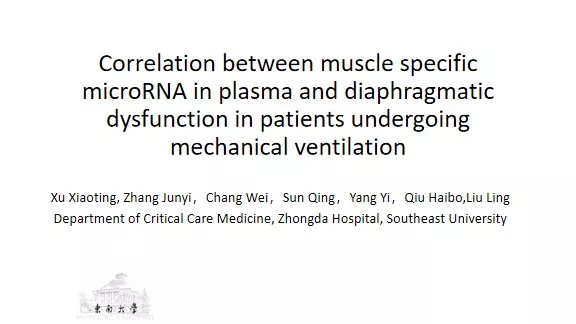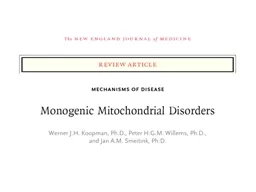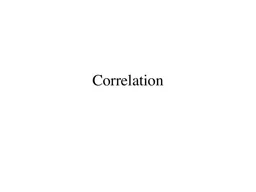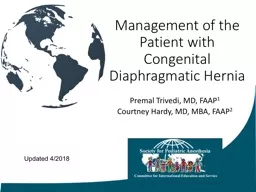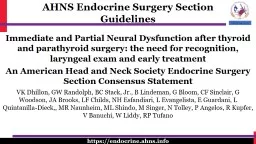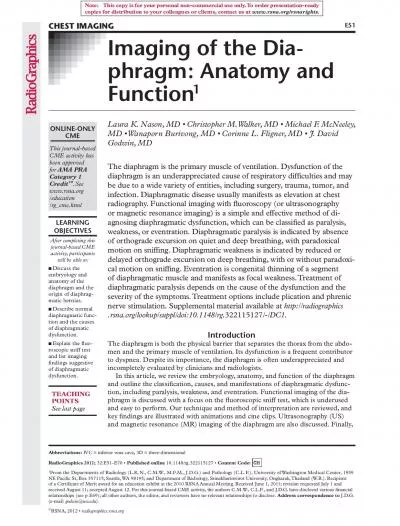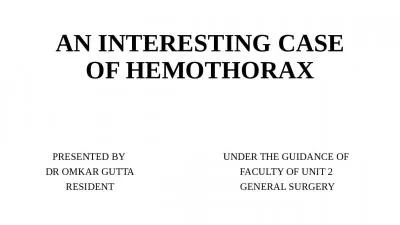PPT-Correlation between muscle specific microRNA in plasma and diaphragmatic dysfunction in
Author : WhereTheWildThingsAre | Published Date : 2022-08-01
Xu Xiaoting Zhang Junyi C hang WeiSun QingYang YiQiu HaiboLiu Ling Department of Critical Care Medicine Zhongda Hospital Southeast University Background and Aim
Presentation Embed Code
Download Presentation
Download Presentation The PPT/PDF document "Correlation between muscle specific micr..." is the property of its rightful owner. Permission is granted to download and print the materials on this website for personal, non-commercial use only, and to display it on your personal computer provided you do not modify the materials and that you retain all copyright notices contained in the materials. By downloading content from our website, you accept the terms of this agreement.
Correlation between muscle specific microRNA in plasma and diaphragmatic dysfunction in: Transcript
Download Rules Of Document
"Correlation between muscle specific microRNA in plasma and diaphragmatic dysfunction in"The content belongs to its owner. You may download and print it for personal use, without modification, and keep all copyright notices. By downloading, you agree to these terms.
Related Documents

